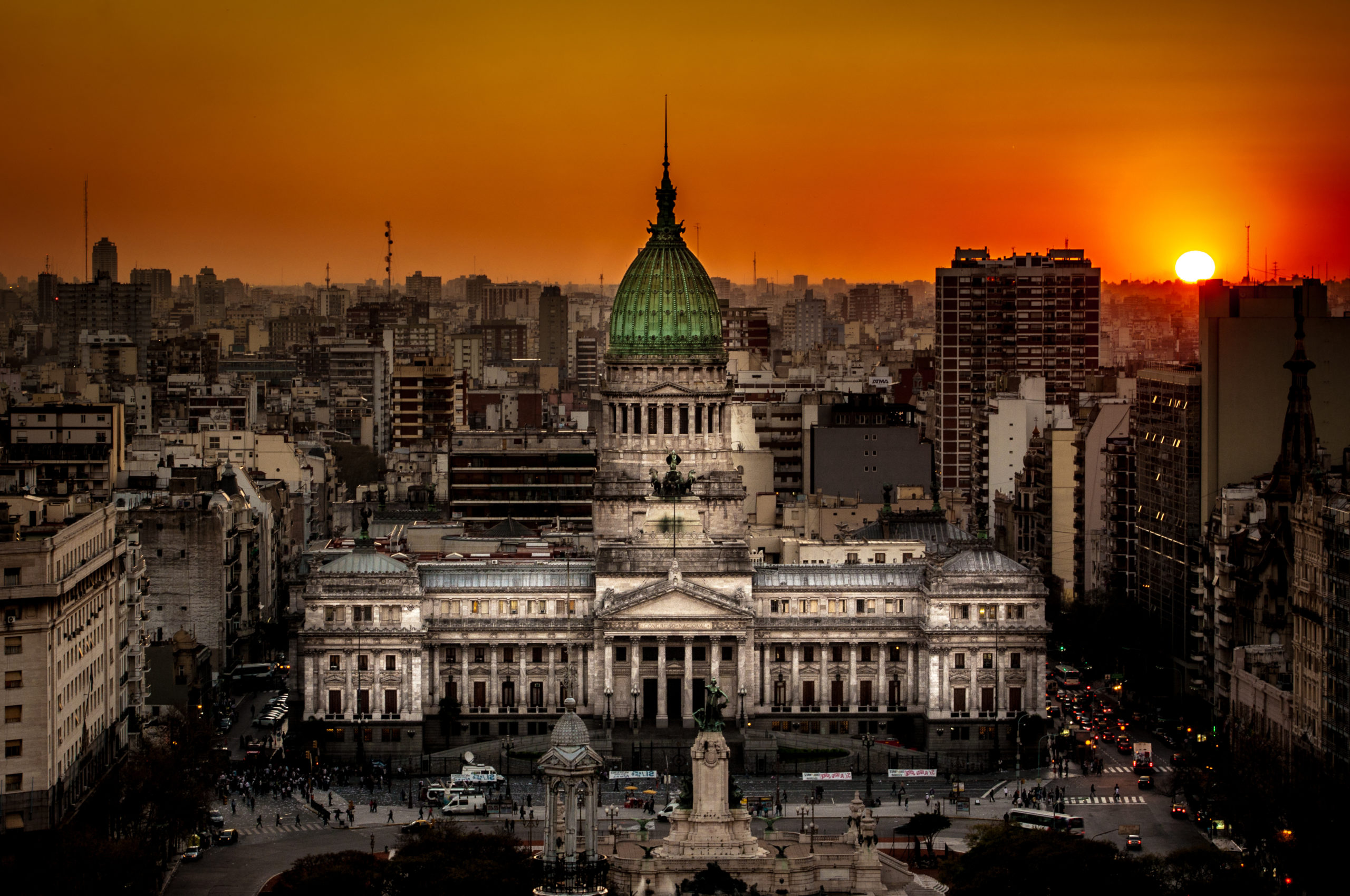RIO DE JANEIRO, BRAZIL – In recent days, currency exchange offices across Argentina have been crowded. To save their savings, Argentines have increasingly sought to exchange pesos for dollars in the face of runaway inflation and exchange rate devaluation. The American currency reached a record 196 pesos at the parallel “blue” rate, double the official rate, on Wednesday, September 27.
Not that the upward trend is new: with inflation at 52% between January and September this year, a poverty rate of 42%, and GDP growth that is unlikely to make up for the 2020 losses-not to mention US$44 billion in foreign debt-the demand for the U.S. currency is not new.
Read also: Check out our coverage on Argentina
However, fears of runaway inflation and a deteriorating economy have sent the peso plummeting.

“The application of measures that have not worked so far, such as the freezing of prices, the issuance of foreign currency to finance government spending, and the lack of political consensus in external debt negotiations, are creating a scenario of uncertainty that is reflected, for example, in the rise of the dollar,” says Argentine economist Martin Ravazzani, director of the consulting firm Ecolatina.
In the middle of this month, the government decided to fix the prices of more than 1,400 products to curb inflation, repeating a measure taken by previous governments – from Raúl Alfonsín, Argentina’s president from 1983 to 1989, to Cristina Krishner, there are numerous examples of presidents who have tried to dampen the economy by freezing prices.
In Brazil, such measures occurred several times in the 1980s and early 1990s. Economists called it “economic madness” because it never worked.
In Argentina, successive economic crises and a history of high prices led the population to prefer the dollar as a reserve currency for a long time. After the hyperinflation of the 1980s and the economic crisis of 2002, when GDP fell by almost 10.9%, the government even banned the transfer of funds abroad, so great was the demand for U.S. currency.
For at least the last twenty years, the dollar has played a central role in everyday life in Argentina, as it is accepted in many places, which has led to a kind of dollarization of the economy.
Experts also point to a populist component in the Argentine crisis-in this crisis and previous ones. “This time, the government has its eyes on the November 14 general elections and believes that prices can be kept low,” says Argentine economist Fabio Giambiagi, who researches at the Getulio Vargas Foundation.
“History has already shown that this does not work. Besides, there will probably be an even bigger price escalation in January, when price controls expire.”
The crisis in Argentina began to take on more dramatic contours with the pandemic, which caused the country’s GDP to plummet by nearly 10% by 2020 – this year, it is expected to grow by 7.6%.
The economy was already in bad shape. Since 2017, when GDP last grew (2.8%), the population’s purchasing power has fallen by 16%. Compared to other Latin American countries, this is not such a bad result.
The Brazilian economy contracted by 3.3% in 2016 (after a 3.5% slump in 2015) to grow by 1.9% in 2019. Mexico’s GDP fell 0.1% in 2019 after growing 2.2% in 2018 and 2.1% in 2017.
“The problem is that Argentina has been living with high inflation for twenty years and has not managed to create a plan to pull the economy out of the mire,” said Bruno Porto, partner at PwC Brazil. “The pandemic only worsened a picture that was already unsustainable.”
There is another problem. To improve the purchasing power of Argentines, the government decided to raise the minimum wage by 52.7% this year. The increase is to be phased in by February and reach 33,000 pesos. President Alberto Fernandez also decided to extend subsidies for energy and water tariffs and public transportation.
As a result, the government began spending more money to cover the increased expenses. “There was already a global economy with higher inflation, and that added to the measures to increase public spending,” Ravazzani says.
ENTANGLEMENTS
Another pebble in Argentina’s shoe is the US$44 billion debt to the International Monetary Fund (IMF) incurred during the 2018 administration of former President Mauricio Macri. One of the Fund’s demands for the resumption of negotiations is developing an economic plan with structural reforms.
“Given the disputes between the parties and the lack of unity, it is unlikely that the country will be able to draw up a plan that meets the IMF’s wishes,” Giambiagi said. “The situation is all the more worrying because Argentina’s reserves are on the line.
The country’s gross foreign exchange reserves had fallen from US$77 billion in April 2019 to US$39 billion last year – net foreign exchange reserves, which exclude the central bank’s obligations in foreign currency, are close to zero, market analysts say.
The dollar rally was triggered primarily by the peso’s devaluation last year and a lack of confidence in economic measures.
To curb demand for the U.S. currency, the government imposed a 35% tax on card purchases abroad and online transactions in dollars. Similar measures had already been taken under the Macri government, which set a monthly limit on foreign currency purchases. Restrictions were also imposed on dollar transactions by companies.

